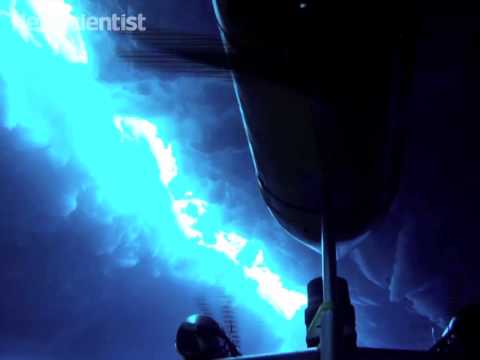The plot thickens, or should it be the ice? The most detailed and comprehensive 3D map so far of Antarctica’s winter sea ice shows that big parts of it are much thicker and more smashed-up than we thought, in fact, three times as thick. Data from this map will help us fill in some of the biggest gaps in our global climate models.
The growth of Antarctic sea ice, which reached an all-time record extent this year, is one of the biggest geophysical changes that happen on Earth each year.
“It expands from about four to 19 or 20 million square kilometres each year. That’s more than twice the area of Australia,” says Rob Massom from the Australian Antarctic Division in Hobart. “And of course this has an immense effect on the ocean surface: it caps the interaction between the atmosphere and the ocean, and it creates a white ocean surface, so affects the energy balance.”
Exactly how that winter ice forms – how thick it gets and by what mechanisms – has remained a mystery, leaving a big uncertainty in our current climate models.
Maps revealing more winter Antarctic sea ice in recent years are based on 2D images taken from satellites. But the trouble with such data, says Guy Williams from the University of Tasmania also in Hobart, is that “we don’t get thickness and so therefore we don’t get total change in sea ice volume”.
Instead, Williams and colleagues used a robot submarine made by scientists at Woods Hole Oceanographic Research Institution in the US to produce detailed 3D maps of huge swathes of Antarctic sea ice. Using sonar, the submarine mapped three areas from different sides of the continent, which together make up an area equivalent to twice that of the UK (see video).
“We were surprised by what we saw,” says Williams. They saw ice that was much thicker than they expected, though the survey was not comprehensive enough yet to make strong conclusions about all the winter sea ice in Antarctica.
Previous estimates based on a number of very limited – and probably biased – methods like ship inspection and drilling suggested that only 20 per cent of the winter sea ice was thicker than 1 metre. This study found that 90 per cent of it is more than 1 metre thick, and indeed, 40 per cent is thicker than 3 metres.
The data also hints at how the ice might form, which will be crucial for building future models.
If ice were left to form on still water, it would grow to about 1 metre, says Williams. Once it gets that thick, the water underneath is insulated from the air and doesn’t easily freeze.
But the Antarctic sea ice is being buffeted by strong winds, which are being made even stronger by global warming. So it’s getting broken up and pushed up on top of itself, making room for more ice to form.
“We found that 50 per cent of the area was deformed and that was contributing to over three-quarters of the volume,” says Williams.
The ever-growing winter sea ice isn’t entirely surprising. But working out which factors are driving this growth will help scientists figure out what will happen in the future.
Williams says that one hypothesis was that ice formation could be driven largely by rising coastal winds breaking up the ice, allowing more to form in the gaps. People are starting to wonder if the deformation processes are changing” he says.
“It’s extraordinarily significant work,” says Massom. “These autonomous underwater vehicles, they’re giving an unprecedented view. It’s almost like looking at the dark side of the moon in terms of sea ice.”
Journal reference: Nature Geoscience, doi.org/xcg

